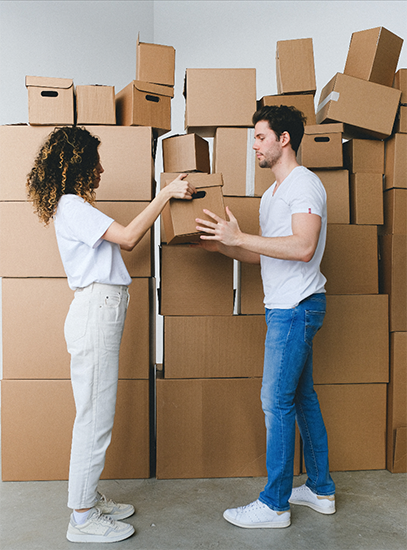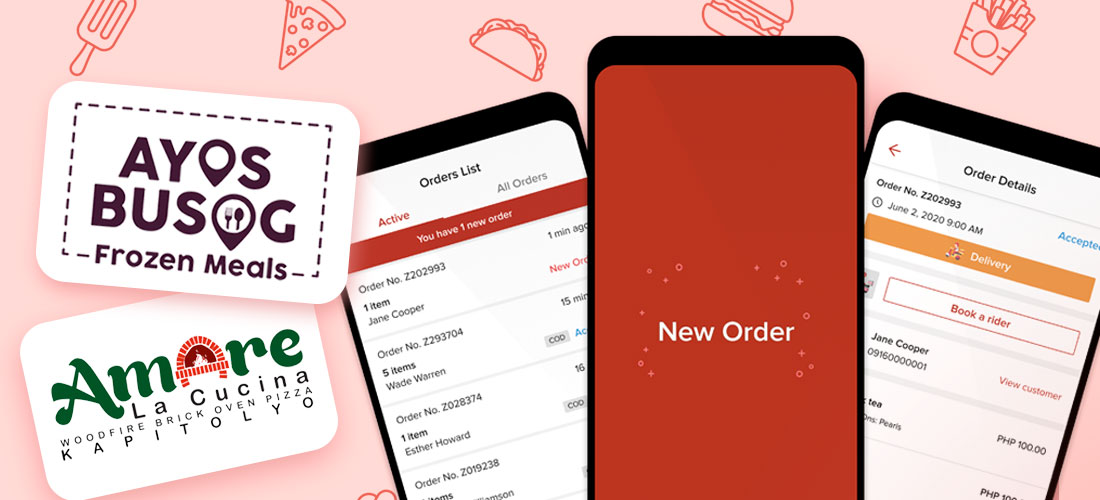Problems home cooks face (and how to solve them)
Given the challenges brought about by the pandemic – with malls now operating in a limited capacity and dine-in heavily discouraged – it’s understandable how many businesses and food entrepreneurs have been forced to adopt the “home cooking model” to survive. However, becoming a home cook is harder than it seems.
It’s easy to think, at first glance, that home cooking is just about preparing meals. “Passion can pull me through,” one may think. But, more often than not, home cooks just end up doing everything themselves. And that’s not exactly the best way to streamline.
Here are some struggles you may encounter as you embark on the journey of becoming a home cook.
Manual.. everything
Cooking in itself is already an arduous process. If you’re doing things alone, this entails doing all the prep work, the actual cooking, and the clean-up. And how many times do you have to do this in a day? In a week?
Yes, we can romanticize the idea of cooking food on your own, grinding for your art. However, operating a home kitchen goes way beyond cooking. Think of the process beyond the kitchen. Suppose you’re a one-person army running a food business. How will you take orders? You’ll take it one by one via SMS, WhatsApp, Viber, or IG DM? After a person orders, you have to individually check payment settlement or even wait for
Cash-on-Delivery.
The manual process in itself, on a case-by-case basis, is not only too much for one person but troublesome and inefficient for your overall operations. Yes, you can personally set up a website or e-commerce platform. But, if you’re doing things alone and are not savvy, do you really have the time to learn?

Coordination can get crazy
Let’s say getting orders and payments, both manually, is something you feel like you can manage. Let’s also consider the coordination of things: think of the back-and-forth. Part and parcel of home cooks and their cloud kitchens is delivery. There is no such thing as dine-in in this model. So your service will hinge on logistics.
For each order, you have to check the status of the kitchen; you have to notify the customer of their delivery status. This can take multiple rounds per customer.
Then after the delivery, you need to tally sales, manage the inventory, and the other tasks part of planning and managing operations. You may count on third-party services to handle delivery and coordination, but those ask for high commissions, leaving you with extremely thin margins.

Customer service suffers
There won’t be enough free time to make your service feel more personal. Coming up with promos or loyalty programs will not be easy too, as those need additional monitoring.
Compound all of this time you spend on manual processes, and chances are your energy will be well spent keeping daily operations afloat. You won’t have enough bandwidth for the things that matter the most: keeping your customers happy.
Lastly, joining a delivery platform to “ease” things may raise awareness about your shop but will also drive prices up to the detriment of your customers.
This is not a mere issue of saving money and operating lean; instead, it is one of holding you and your business back. That can outweigh any potential good. And, think of yourself. Your attention and overall wellness will suffer, and, in turn, maybe your food will too.
Lighten the load
With any business, spreading yourself thin is not the way to go. The best alternative to these circumstances is streamlining holistically. This is far from just doing everything on your own. It is consciously selecting one’s battles and finding ways to incorporate automation and other tech services.
Yes, at times, it’s hard to go beyond the traditional. But with digital transformation accelerated globally – with 6 out of 10 businesses going digital – you don’t want to be left behind.
An agile home cook knows they can do better by launching their own branded e-store. They also know that these are steps they don’t have to do by themselves. There are services, like ZAP e-store, which can help you launch your e-business quickly and efficiently. They can handle set-up and integration whether you have an existing app or don’t.
Automated ordering and inventory management are also present, so you won’t need to message the kitchen yourself. An order gets sent straight to your store for preparation. Plus, whether it’s online or manual payments (if you still want to give people the option), either is available.
Remember, this is your own branded e-store, with the term “own” not being used lightly. This means smaller third-party commissions and control over promos, discounts, and loyalty programs. All this leads to higher profit margins.
According to Betty Nakpil of Betty’s Best, home of the best sisig sotanghon, “[An e-store] super simplified [our business] for us, and also for customers. It’s nice to make the experience of the customers good; not just for the products we sell, but also for the whole buying experience.”
Less load on you and your lean team, better customer service, this is how a home cook ready for the “next normal” operates. Are you ready?

Photo credits: Food photo created by freepik


